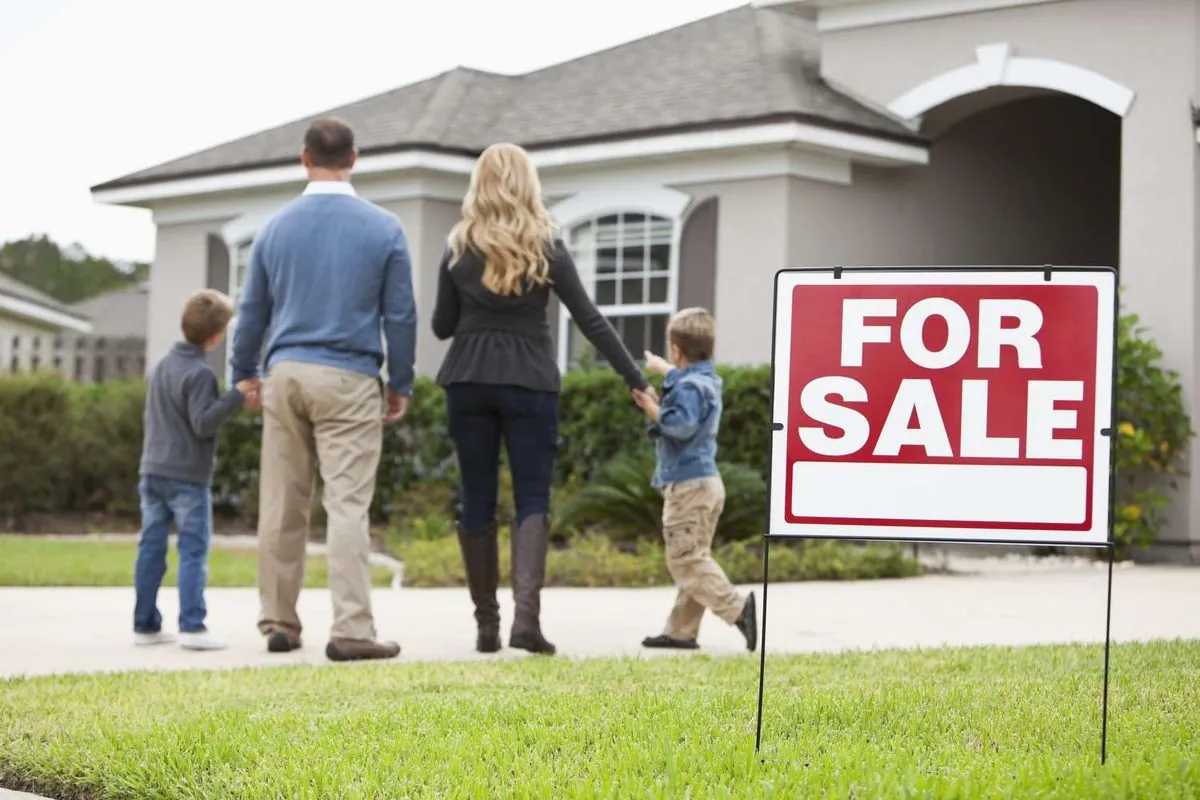US Housing Crisis: Hope on the Horizon as Affordability Issues Persist
The US faces a severe housing affordability crisis, rooted in past economic turmoil and exacerbated by the pandemic. Recent developments suggest potential relief, but significant challenges remain for both renters and homeowners.

The United States is grappling with a severe housing affordability crisis, a problem that has been brewing for over a decade and a half. This issue, which traces its roots back to the housing market collapse and global financial crisis of 2008-2009, has been further exacerbated by the COVID-19 pandemic that began in early 2020.
For many American families, the dream of homeownership remains financially out of reach. Mark Zandi, chief economist of Moody's Analytics, provides insights into this complex situation and potential solutions.
The affordability crisis has hit renters particularly hard. With fixed mortgage rates soaring from a record low of under 3% during the pandemic to nearly 8% in late 2023, many potential first-time buyers have been effectively locked out of the market. This situation is compounded by the fact that house prices have increased by an astonishing 50% nationwide since the start of the pandemic.

The financial burden for first-time buyers is substantial. Typically, they must allocate over one-third of their income solely for mortgage interest and principal on a median-priced home. This is a stark contrast to the pre-pandemic decade when only about one-tenth of income was required for mortgage payments.
The situation for renters is equally challenging. Nearly half of all renters are spending more than 30% of their income on rent, with almost one in four paying at least half their income. This financial strain makes it nearly impossible for many to save for a down payment, perpetuating the cycle of renting.
Existing homeowners face a different set of challenges. Many who refinanced their mortgages during the pandemic now have interest rates below 4%, significantly lower than the current prevailing rate of 6.2%. This disparity has created a "lock-in" effect, discouraging homeowners from selling and purchasing new properties.
However, there are signs of potential relief on the horizon. The Federal Reserve has signaled a series of rate cuts extending into 2026, which could bring mortgage rates down to the 5-6% range in the coming weeks. While still higher than pandemic-era rates, this decrease could help unlock the housing market.
Zandi emphasizes that the key to long-term affordability lies in increasing the housing supply. There is currently a shortfall of nearly 3 million affordable homes for sale and rent, equivalent to two years of housing construction at the current pace. Addressing this shortage will be crucial in cooling home prices and rents.
The role of the next president and Congress in tackling this issue cannot be overstated. While housing policy is not typically a central issue in presidential elections, the current crisis demands attention. Policies aimed at increasing the supply of affordable housing could play a significant role in determining the outcome of the upcoming election.
As the United States approaches this critical juncture, the mantra "Build, baby, build" could become a rallying cry for candidates seeking to address the housing affordability crisis and revitalize the American Dream of homeownership.


































